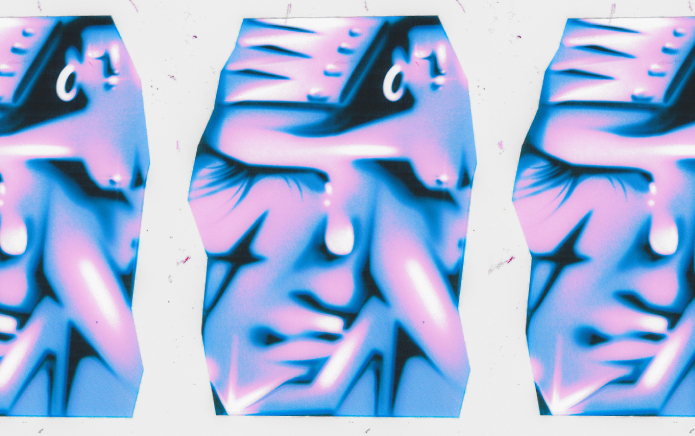
“As a culture, the UK has a lot to answer for when it comes to hating trans women – they’ve made it a sport, a politic, and for some, a cult,” explains trans historian and writer Morgan M Page, whose work – like Gill-Peterson’s – explores the social conditions and relations that make up trans people’s lives in particular historical moments. Transphobia has reached what feels like an apex today; as of 2023, reports of anti-trans hate crimes in Britain reached an all-time high.
In February 2024, Rishi Sunak stood in the House of Commons and made a jibe about trans women’s right to self-determine their gender. That day, Esther Ghey, the mother of Brianna Ghey, the 16-year-old trans girl who was murdered in a UK park in 2023, was attending the Commons. Elsewhere, stand-up specials “by popular has-beens” made up mainly of cruel jokes appear regularly on streaming services, points out Page, and novels about “cross-dressing killers, written by absurdly wealthy writers” have made the bestseller lists. “The UK is high on transmisogyny, it’s addicted to the rush of kicking some of the most vulnerable of our society.”
All of this can make trans misogyny feel like a very modern problem. However, as one of the sharpest lines in Gill-Peterson’s book puts it: “TERFS didn’t invent transmisogyny nor did they put a particularly original spin on it”. Looking at the colonial history of transmisogyny, for instance, lets us view trans-exclusionary radical feminists in a broader context of what Gill-Peterson calls “British Empire revivalism” – as white feminists who, post-Brexit, have close relationships with state actors and feel insecure about their power and role.
“We need to understand the disgust and violence levelled at trans women if we’re ever going to change it,” summarises Page, yet this task creates another dilemma. Along with the difficulty of looking at trans histories when the concept of transgender itself has shifted so much over time, how do we talk about trans histories without only focusing on violence, or how trans identity was formed in the image of the oppressor?
“There is a risk in writing a book about violence that you end up reasserting the centrality of that violence,” Gill-Peterson agrees. “But I think part of what makes transmisogyny so particularly cruel is that it revels in violence and also denies it. The worst things that routinely happen to trans women go unnoticed, are normalised, or denied as real violence. Sometimes transfeminine people are even positioned as the perpetrators of violence.” We could think here of how some feminists pose trans women as a threat to their safety – particularly in public bathrooms. “For me, what it means to take the risk of going there and spending so much time on transmisogyny is to insist on reality, to show the structure of violence has a pattern and a history.” For Gill-Peterson, naming the violence should be a starting place for moving past it.
The same applies to social justice movements, too, she adds. Too often, trans women and particularly Black trans women are held up as the most vulnerable in our society, which can have a degrading effect. “This is the strangeness of the world we live in today – everyone knows, whatever their politics, that violence against trans women is a huge issue. But I don’t know if that’s done anything to make the world more hospitable for trans women.”
[embedded content]
One answer for moving past the spectacle of violence towards trans people is to be conscious of how we tell their stories, and how we select those stories we choose to seek out. Reading A Short History of Trans Misogyny, one can feel Gill-Peterson going to lengths to animate and honour the rich lives of the femmes she writes about through archival research. Page’s work takes a similar focus (check out Harsh Reality, her podcast about a particularly exploitative early 2000s reality show).
Page offers other examples: “A new play by two young trans women is about to open at Soho Theatre called 52 Monologues for Young Transsexuals. The HBO documentary The Stroll is another great piece exploring the history of trans sex working women in NYC’s meatpacking districts, and D Smith’s brilliant documentary KOKOMO CITY centres on the experiences of Black trans women sex workers, as well as the ways transmisogynoir shapes their lives.”



